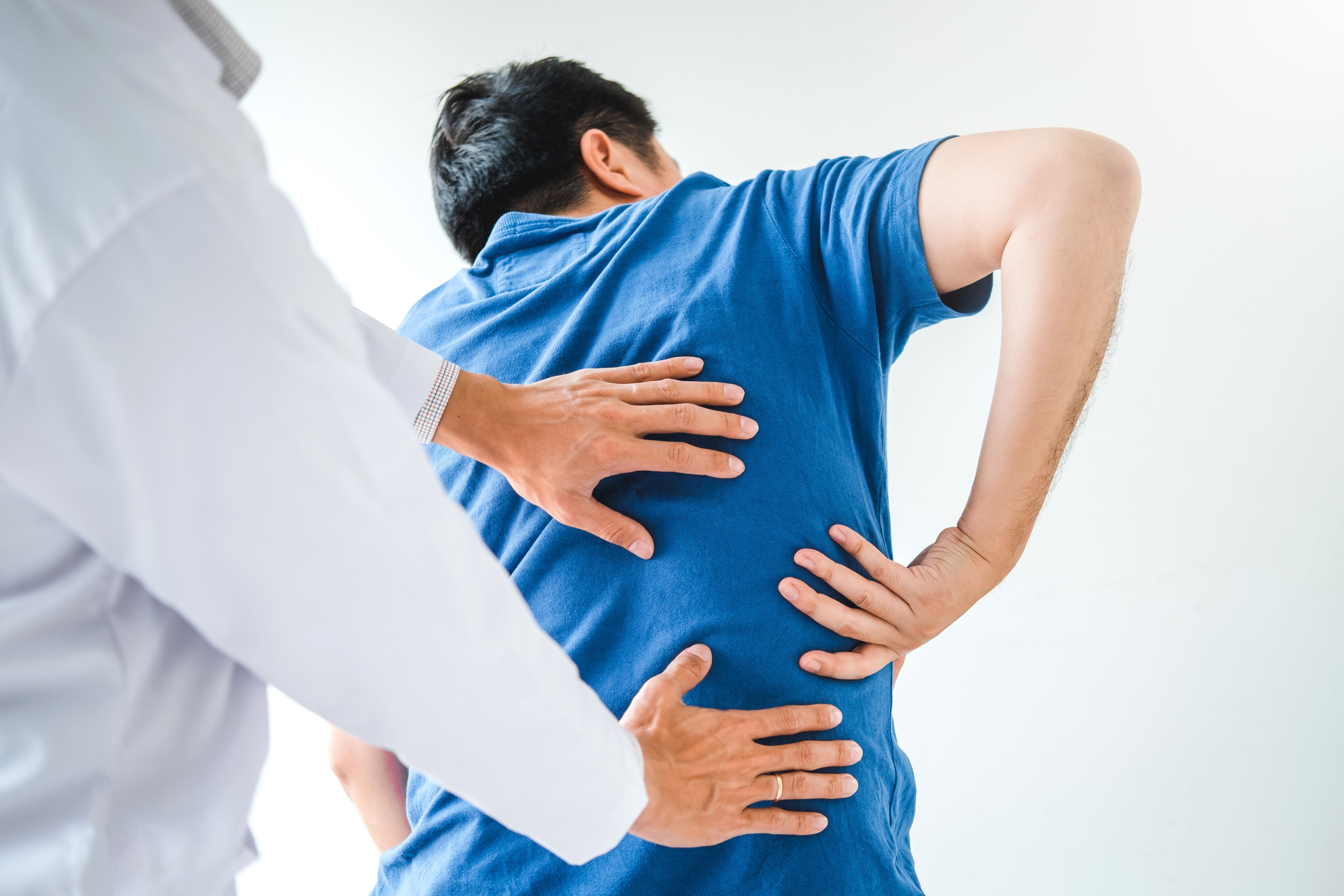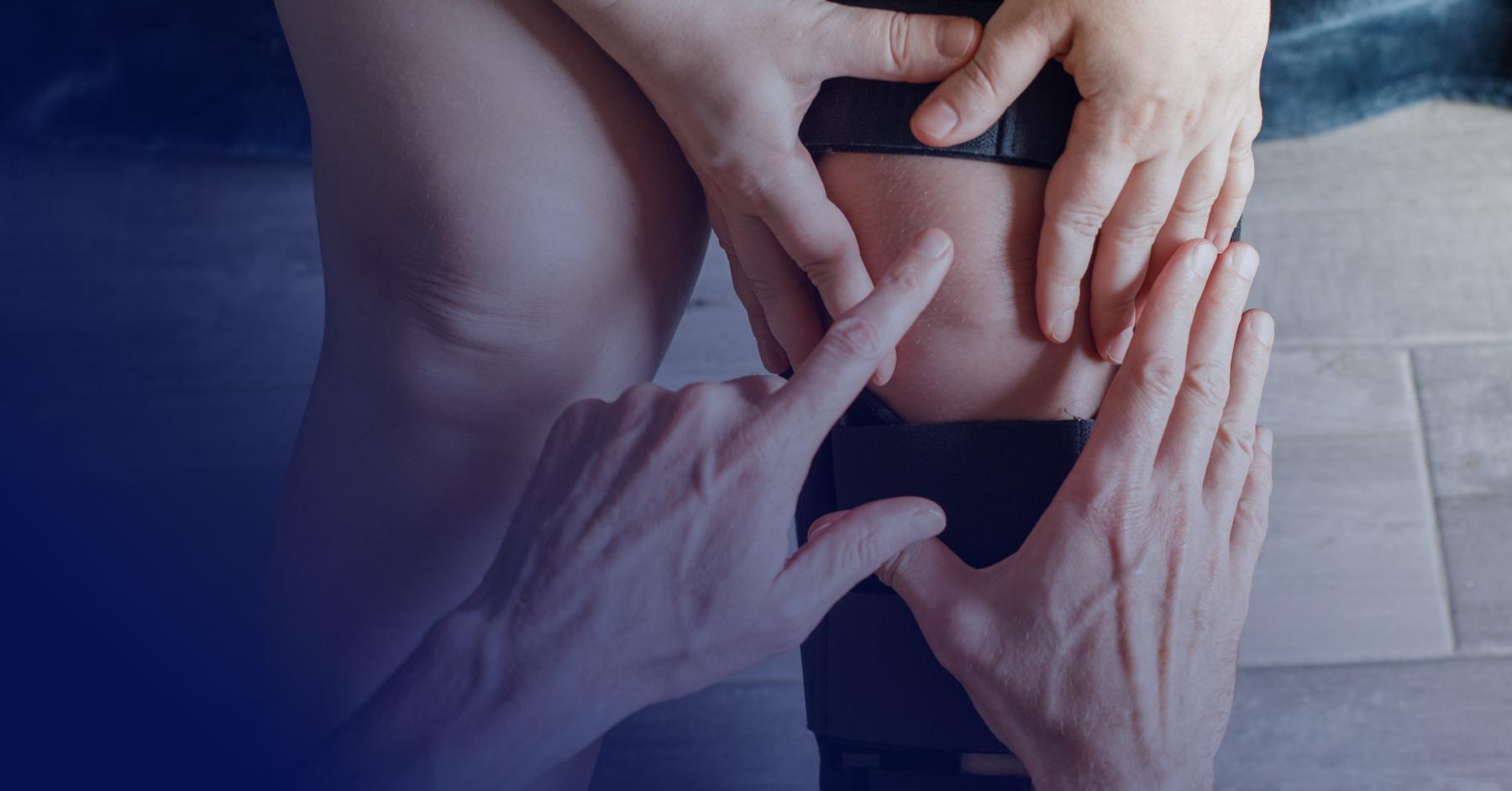5 Common Sources of Lower Back Pain in Athletes
Back Injuries

Lower back pain is a common complaint among athletes. Find out which condition could be the cause of it.
Whether you’re a professional athlete or someone who never misses a workout, you’ve likely experienced lower back pain at some point. Considering the strain strenuous exercise puts on the lumbar spine, it’s inevitable your back will occasionally feel sore. In fact, it’s estimated between 10 to 15% of athletes are struck by lower back pain.
Lower back pain in athletes can occur due to an injury, such as a hit in football, or the repetitive action of lifting weights. Sadly, many athletes would prefer to ignore the pain and continue exercising, but that will only make the pain worse. Instead of playing through the pain, take a break and see a doctor or physical therapist. Chances are, you probably have one of these five causes of lower back pain that needs to be treated.
5 common sources of lower back pain

Lower back pain can be traced to several causes, but only a doctor can diagnose the issue with a physical exam and/or imaging tests. Here are some potential sources of lower back pain:
1. Spondylolysis/Spondylolisthesis
Athletes who play contact sports such as football or lift heavy weights are prone to spondylolysis, or a stress fracture in the vertebrae of the spinal column. Spondylolysis doesn’t always produce symptoms, but when it does, chronic lower back pain can develop. Anti-inflammatories and stretching exercises can relieve the pain. Your doctor may also recommend wearing a brace to heal the stress fracture.
Some cases of spondylolysis cause the vertebrae to slip forward over the vertebrae below them in a condition known as spondylolisthesis, yet that is very rare. If the slipped vertebrae presses on nerve roots, lower back, buttock, and leg pain may occur along with numbness in the foot. Surgery is sometimes recommended for spondylolisthesis.
2. Soft tissue strains
All the twisting, turning, and lifting take a toll on the soft tissues of the lower spine, including the muscles, nerves, ligaments, tendons, and blood vessels. Here, either the tissues become overstretched or even tear. Gentle stretching exercises and massage can relieve the pain, but most muscle strains heal with rest and time.
3. Herniated disc
Vigorous exercise can often lead to a herniated disc, or a displacement of the fluid-filled sacs that cushion each vertebrae of the spine. Pain in the lower back, as well as numbness and tingling in the legs, are characteristic of a herniated or slipped disc. Herniated discs respond well to conservative treatments.
4. Lumbar injuries
High-contact sports such as football and wrestling can lead to fractures and dislocations of the lumbar spine. The sudden movements of gymnastics or skiing can also injure the lower back, causing intense pain. Treatment involves rest, physical therapy, and pain management. In some instances, surgery may be necessary.
5. Spinal arthritis
Arthritis is a degenerative weakening of the joints and discs of the lower back that results in lower back pain. Although seen mostly in older adults, athletes are at risk due to the repetitive motions of certain sports that speed up the degenerative process. Medication, physical therapy, and lifestyle changes can help reduce the pain. In rare cases, surgery may be an option.
Preventing lower back pain
Since athletes never want to miss a game or workout, your best bet to avoid lower back pain is to prevent it in the first place. Here are some tips:
Improve your posture. Many cases of lower back pain are the result of poor posture. When working out, be aware of your posture so you don't put undue strain on your lower spine.
Use proper technique. Whether lifting weights or playing tennis, follow the correct form to evenly distribute stress along your body. Correct form or technique maintains proper balance across your muscles, ligaments, and joints.
Take the time to rest. Most dedicated athletes would never think of missing a workout, even when in pain. However, it’s very important that your body takes time to rest and recover. Many injuries occur due to overtraining and fatigue. Taking a break can relieve any aches and pains and set you up for a successful workout when you return to your exercise regimen.
Take care of your spine
Your spine is so important to everything you do. So take care of it! The therapists at All Sports Physical Therapy can diagnose your lower back pain and develop a treatment plan just for you. You don’t have to live with back pain. Contact us today for a consultation.



